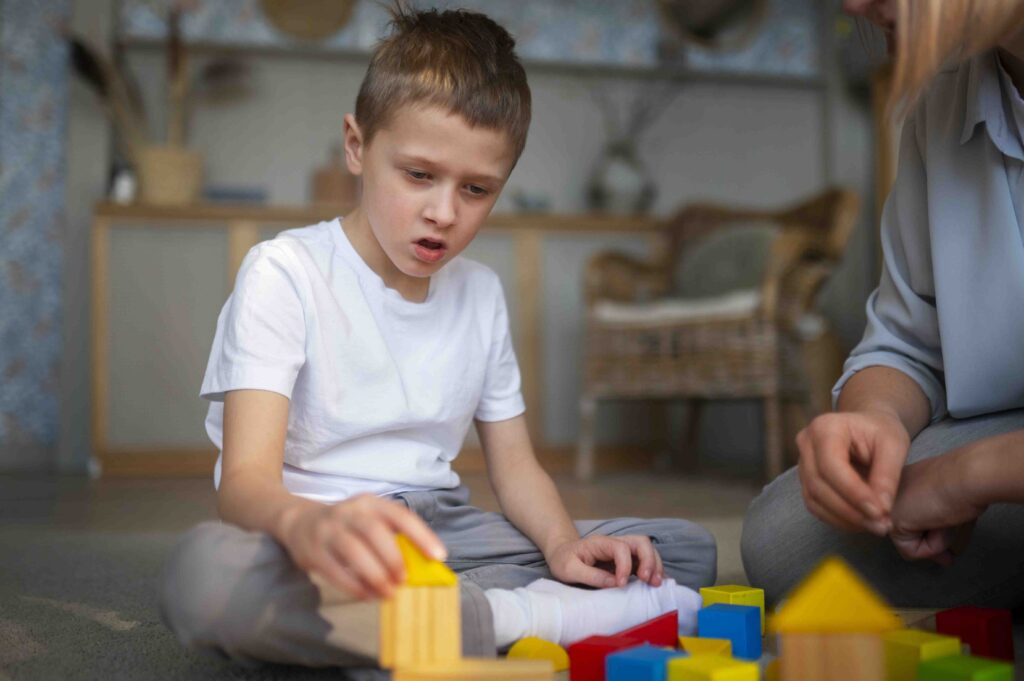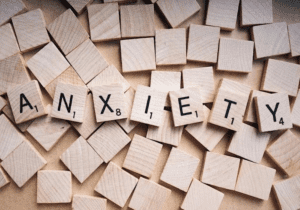Rethinking Neurodiversity and Autism
This article has been researched and written by Nardus Saayman. AI has not been used in producing this article.
I want to explore autism beyond outdated concepts of deficits and limitations. In the newsletter issues that follow, I will illustrate how psychological ideas can be used to better understand and appreciate the unique experiences of autistic individuals. The goal is to clarify misunderstandings and improve the connections between autistic/neurodiverse individuals and the various social spaces that they have to navigate, by genuinely considering the autistic or neurodiverse individual’s experiences.
Today, more than ever, we are beginning to understand neurodiversity via exciting new discoveries in brain science. These discoveries offer hope that we can better explain the experiences that patients and their loved ones regularly navigate. Autism, in particular, is receiving significant attention, helping us appreciate the unique ways autistic individuals experience the world . “Neurodiversity” simply means recognizing that there are individuals whose brains work differently compared to ‘neurotypical’ individuals. We’re all unique, but some people’s brains operate in ways that significantly differ from what is typically considered ‘normal’. These individuals are described as ‘neurodivergent’. Autism is one example of neurodivergence, characterized by differences in communication, social interactions, sensory experiences, interests, and the need for structure or novelty in their daily lives.

Recent studies led by autistic people themselves encourage us to rethink traditional ways of understanding autism. Rather than seeing autism as a set of problems to fix, we are learning to approach autism with openness, curiosity, and respect. This shift invites us to move away from outdated views that only focus on what autistic people supposedly ‘lack’. Instead, it calls us to genuinely understand and support the unique ways autistic people experience their world. However, saying that a neurodiverse individual’s brain works differently compared to the brain of a neurotypical individual (the majority), does not really give us much to go on. It is an accepted and common way of explaining the situation, but many neurodiverse individuals, as well as the people close to them feel that this is an empty explanation.
Historically, psychology and psychoanalysis have struggled to fully understand autism. Early theories often tried to pinpoint what went “wrong” during development, but many believe these theories missed the essence of what autism truly is. Autism challenges us to rethink our psychological models— models traditionally based on “typical” brain functioning—and asks how these models might look if we accounted for brains that operate differently.
Ultimately, autism isn’t just about behaviors or limitations— it’s about understanding people whose brains are wired differently and whose experiences of the world are just as meaningful, complex, and valuable as anyone else’s.
To fully grasp what it means to be autistic, it’s crucial to listen directly to the voices and experiences of autistic individuals. They frequently describe the world as overwhelming or intensely vivid due to heightened sensory experiences. Sounds, sights, smells, and sensations can be much more powerful or distracting, making everyday environments feel challenging. On the other hand, these sensory sensitivities can also lead to remarkable abilities, such as heightened perception, deep focus, and unique insights that many neurotypical individuals might overlook. Additionally, autistic individuals often have deep passions or intense interests that provide a sense of comfort and predictability.
These interests aren’t just hobbies—they can offer pathways to meaningful careers, connections with others who share similar passions, and a profound sense of identity and purpose. Understanding these interests and respecting their significance can greatly enhance the therapeutic relationship and overall well-being of autistic individuals.
As we advance our understanding of autism, it’s also essential to acknowledge the significant role of society and environment in shaping the experiences of autistic people. Social expectations and norms often don’t accommodate neurodivergent ways of interacting or communicating, leading to feelings of exclusion or misunderstanding. Creating environments that are inclusive and respectful of neurodiversity not only benefits autistic individuals but enriches our communities by embracing diversity in all its forms. By shifting our perspectives and approaching autism with empathy and openness, we can foster more meaningful connections and provide better support. Our collective goal should be to ensure that autistic individuals feel seen, understood, and valued for who they truly are.
Does Social Media Cause Depression?
According to recent estimates, roughly 4 billion people worldwide use various social media platforms, including Facebook, Twitter, Instagram, and LinkedIn. It’s not hard to believe. When you take a look around a crowd…
Child Development: Play Therapy in Dubai
Every child deserves to feel safe, empowered, understood, connected, and loved. Play therapy is based on the foundation of providing a safe environment for children to process their emotions and develop the social, em…
The Future of Depression Treatment
According to the World Health Organization (WHO), depression impacts more than 264 million people globally. Once diagnosed, depression treatment can be by medications, psychotherapy, or a combination of the two. While…
How to Talk to Your Therapist When You Have Social Anxiety
Social anxiety disorder (SAD), also called a social phobia, is characterized by intense fear or anxiety of being negatively evaluated, judged, or rejected in a social situation. Individuals with social anxiety often …
Managing Depression During Social Isolation
The outbreak of the global coronavirus pandemic is stressful for many people. Since the World Health Organization (WHO) declared the COVID-19 outbreak a global pandemic, regions across the world have mandated quaran…
What are Cognitive Behavioral Therapists?
Cognitive behavioral therapy (CBT) is a common type of talk therapy (psychotherapy) that has been demonstrated effective for a range of mental health struggles including anxiety disorders, depression, substance abuse …
Managing COVID-19 – Related Anxiety
The recent increase of COVID-19 cases in Europe and in the rest of the world has seen a great increase of strong emotions, such as overwhelming fear and worry, in our community. Despite the fact that the infection has…
What to Expect at Your First Family Therapy Session
Are you feeling a bit nervous about your first family therapy session? It’s very common to feel a bit apprehensive before starting any type of therapy. Therapy involves sharing personal information and intimate detail…
What do you really know about ADHD?
ADHD, or attention deficit disorder, is a commonly known mental health disorder and can be easily described by teasing apart its acronym. Most of us have been made aware of the condition through social media, advertis…
Taking Your First Steps to Seeing a Therapist
More often than not, the first step people take towards overcoming their mental illnesses, is making the decision to talk to someone about it, whether it’s a friend or a professional. It doesn’t help that our cultural…











